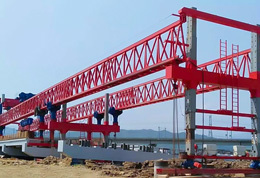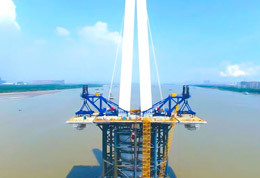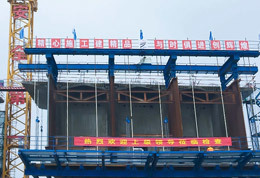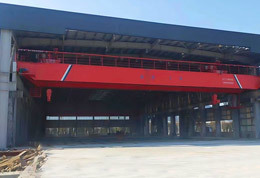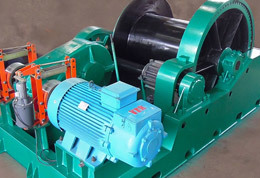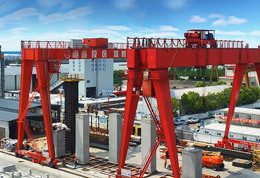04
2025
-
10
Unlocking the Mysteries of the Lifter Crane: Common Questions Answered
Explore the ins and outs of lifter cranes with our FAQ guide, demystifying common queries and providing expert insights.
Author:
Introduction to Lifter Cranes
So, you've stumbled upon the term Lifter crane—a tool that's more than just metal and machinery! These cranes are vital in various industries, helping lift heavy loads with ease and precision. But like anything that piques curiosity, there are often questions swirling around. Let's dive into some of the most common queries about lifter cranes!
What Exactly is a Lifter Crane?
A Lifter crane is a type of crane designed specifically to elevate and move heavy items. Imagine a giant mechanical arm—it's capable of reaching high places and lifting substantial weights, making it indispensable in construction sites, warehouses, and even shipyards. But it's not all brawn; these cranes come equipped with sophisticated controls and safety features.
How Does a Lifter Crane Work?
Here's the scoop: lifter cranes operate by utilizing a system of pulleys and cables. When you want to lift something, the operator uses a control panel to activate the crane's motor, which pulls the cable and raises the load. Pretty neat, right? However, it's essential for operators to be properly trained to avoid mishaps—after all, safety is key!
Why Choose a Lifter Crane?
Well, let's break it down! If you need to move heavy materials quickly and efficiently, a Lifter crane is your best bet. It saves time, reduces labor costs, and minimizes the risk of injury. Plus, these cranes are versatile—they can handle various loads, from steel beams to large equipment.
What are the Different Types of Lifter Cranes?
Ah, the variety! Lifter cranes come in several flavors:
- Mobile Cranes: These are your go-to for flexibility. They can be moved from site to site, making them perfect for construction projects.
- Tower Cranes: Ever seen those tall cranes reaching for the sky? Tower cranes are used in large-scale constructions for their impressive height and lifting capacity.
- Overhead Cranes: These cranes run on tracks above the workspace, ideal for manufacturing and warehouses.
- Forklift Cranes: These are essentially a hybrid, combining lifting capabilities with the maneuverability of a forklift.
What are the Safety Precautions?
Let's not gloss over this—safety is paramount! Operators must conduct regular inspections, ensuring all parts are in working order. Proper training is non-negotiable, so no shortcuts here! Moreover, always maintain a clear line of sight and communicate effectively with team members during lifts.
How Much Weight Can a Lifter Crane Handle?
This one's a bit tricky! The weight capacity of a Lifter crane varies widely depending on its type and design. Some cranes can lift a few tons, while others are built to handle hundreds of tons. Always check the crane's specifications before attempting to lift anything!
Are Lifter Cranes Expensive to Operate?
Like any heavy machinery, operating a lifter crane comes with its costs. You've got fuel, maintenance, and the occasional repair. However, when you weigh these costs against the productivity and efficiency gains, most companies find the investment worthwhile.
Conclusion
In a nutshell, lifter cranes are remarkable machines that revolutionize how we handle heavy loads. Whether you're in construction, manufacturing, or logistics, understanding this equipment is key to maximizing its potential and ensuring safety. So, the next time you see a Lifter crane in action, you'll know just how much thought and engineering go into lifting those hefty loads!
Key words:
Related news


